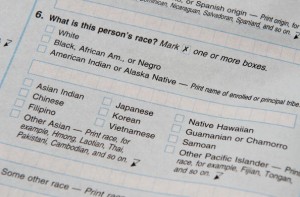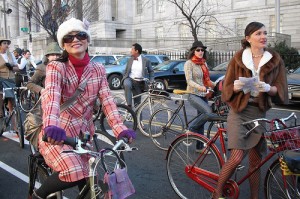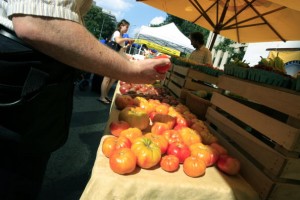Good morning, DCentric readers! Here are your Friday links:
What happened to the "Huxtable Effect"? "Sixteen years after "The Cosby Show" went off the air, the Times noted that Obama was similarly billed in Cosby-esque "post-racial" terms, and may have been boosted in 2008 by a so-called "Huxtable Effect," which reminded white voters that many African-Americans public figures are perfectly capable of representing and connecting with people of all races, not just their own. It was Obama standing on the shoulders of Cosby — or so the oversimplified story went." (Salon)
DC officials tracking freshmen to fight truancy “‘Truancy is almost always symptomatic of deeper issues in the community or at home,’ Mayor Vincent Gray said on Wednesday as he announced the seven-agency effort with Deputy Mayor for Education De’Shawn Wright. ‘By identifying the District’s most truant students, we are also identifying the families that are in needs of services, or families that are already receiving services but not receiving them in the most coordinated manner.’” (Washington Examiner )
Repairs to Shut Down DC Metro Escalators For Two Years “A Metro spokesman says time is needed because workers will have to rebuild the stairways. The spokesman says the work is part of the transit system’s $148 million, six-year repair plan for the escalators. Work on the Foggy Bottom escalators is expected to begin in January, while repairs are expected to begin soon at Dupont Circle.” (myfoxdc.com)
Continue reading










